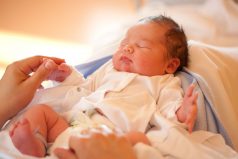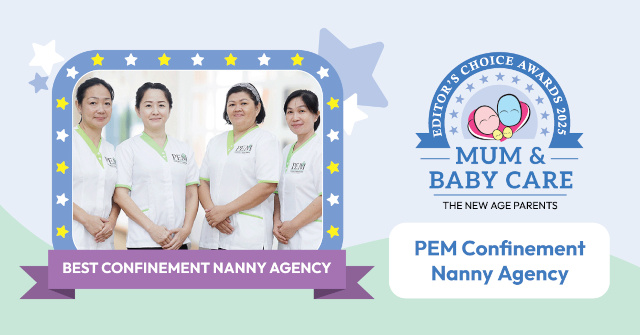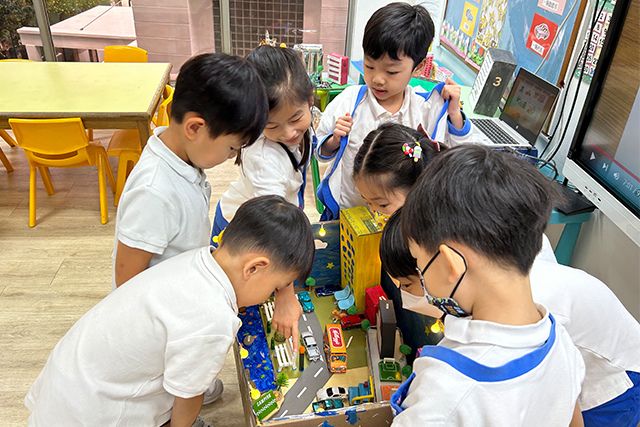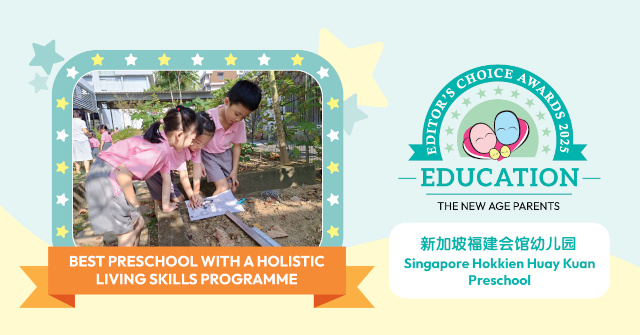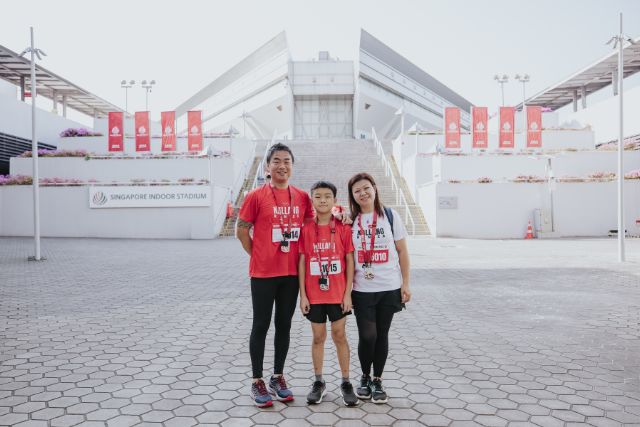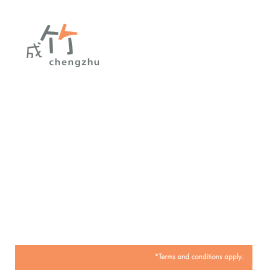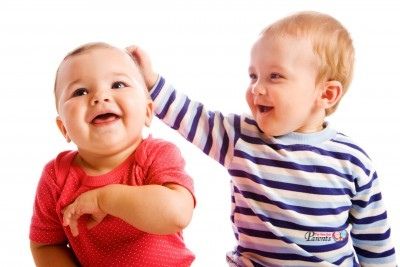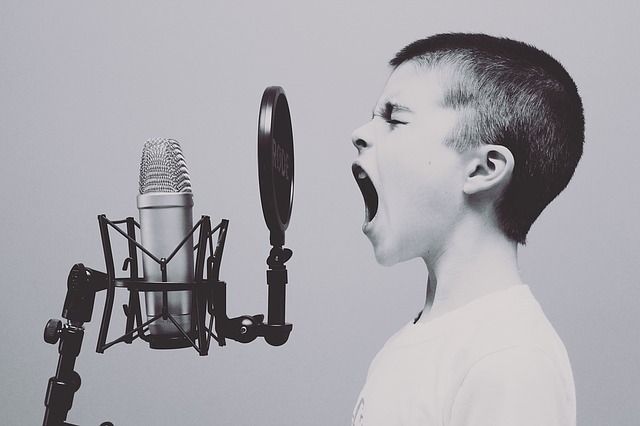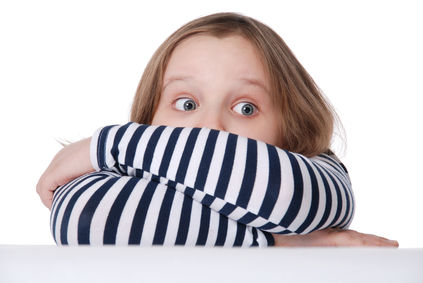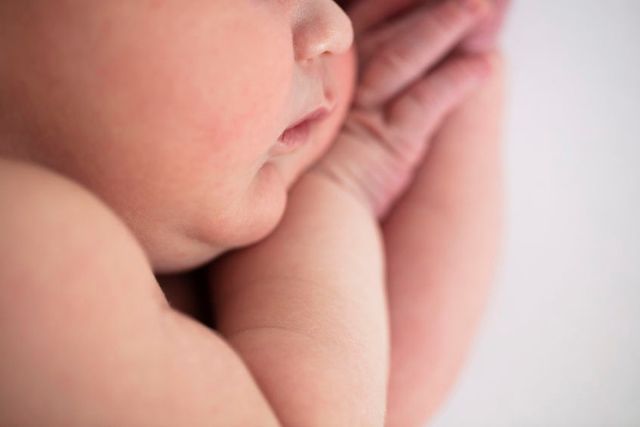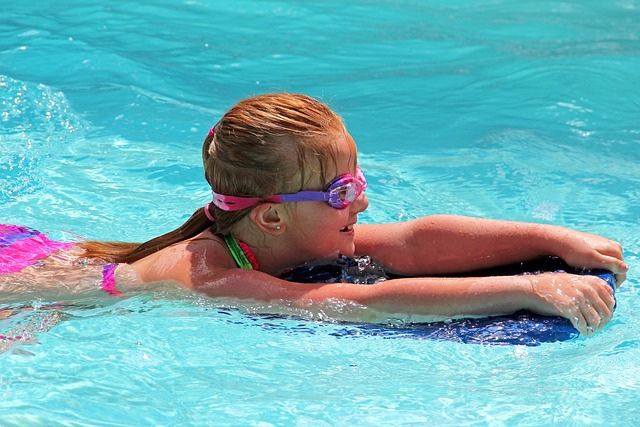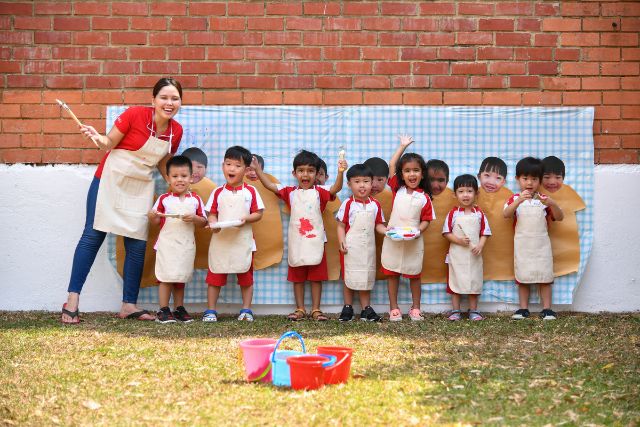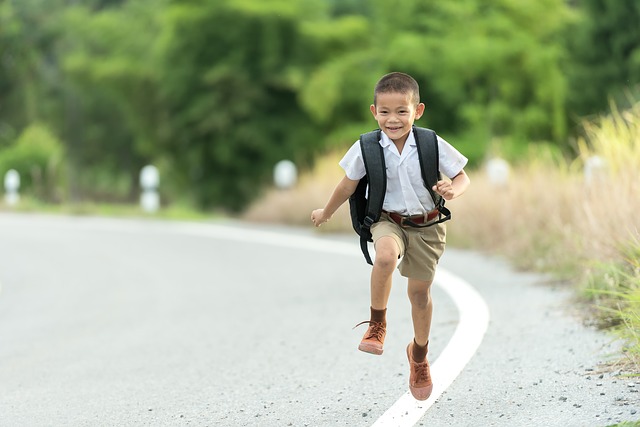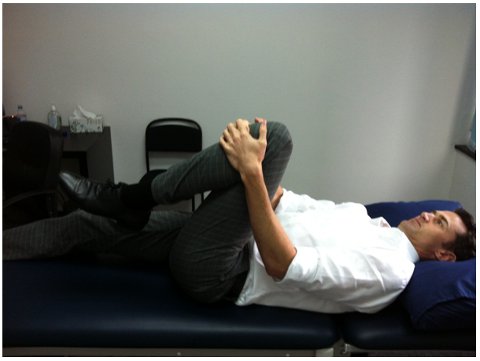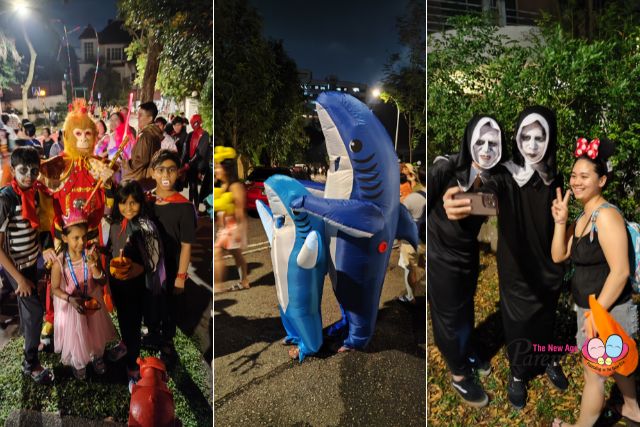Scoliosis, a condition characterised by an abnormal “S” or “C” curvature of the spine, has long been a concern among adolescents in Singapore, where routine screenings are a familiar part of school life. In Singapore, scoliosis is more frequently observed in girls compared to boys, with a ratio of 7 to 1. The prevalence of adolescent idiopathic scoliosis (AIS) in schoolgirls stands at a staggering 1.4% at 11-12 years of age and 2.2% at 13-14 years.

That said, having scoliosis is not a life sentence. Early intervention and timely treatment can help teenagers lead active, healthy lives. It is therefore crucial for parents to understand this condition and the available treatment options to dispel any misconceptions about scoliosis and provide the best possible support for their children.
1. What is scoliosis and how does it differ from general back discomfort or poor posture?
Scoliosis is a sideways curvature of the spine. Scoliosis is often confused with poor posture, but it is very different. Poor posture refers to slouching or forward hunching of the spine.
Poor posture is easily correctable just by asking the individual to sit or stand upright. Scoliosis however is present even when the individual is sitting or standing straight.
There are many different types of scoliosis, with the two most common types being Adolescent Idiopathic Scoliosis (AIS) and Adult Degenerative Scoliosis. AIS is most commonly seen in teenagers during their growth spurt at the time of puberty. AIS may run in families, and typically the scoliosis worsens during the years of rapid growth and tends to stop worsening once growth stops. Adult Degenerative Scoliosis, which is much more common than AIS, develops as a result of the ageing process, whereby muscles, joints, discs and even bone may weaken in the elderly, resulting in abnormal curvatures of the spine, such as kyphosis (forward hunching) and scoliosis (lateral tilt), or even a combination of both.
2. Are there signs and symptoms that someone might notice if they have scoliosis?
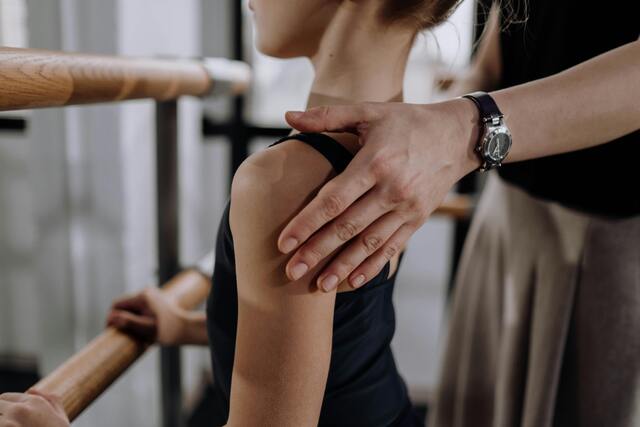
Scoliosis is often detected by relatives or friends, rather than by the individual. As scoliosis develops and possibly worsens over years, oftentimes, the individual thinks of their body shape as being normal. Relatives or friends who are observant may notice tell-tale signs such as one shoulder being higher than the other, one hip being higher than the other, or even chest or breast asymmetry especially when fitting bras. Sometimes the scoliosis gets picked up by tailors when fitting clothes, or by masseurs when having a massage!
Most importantly, scoliosis itself does not cause pain, nor does it limit activity except when the scoliosis becomes very severe. In Singapore, the School Health Service sends teams of nurses to schools to screen for scoliosis, usually at Primary 6 and Secondary Two. If detected, students will be referred to the School Health Clinic and x-rays performed to confirm the scoliosis and assess the severity, and if needed, students will be referred to specialists in the public hospitals for further assessment.
3. Why is early detection of scoliosis important? How is it usually detected?
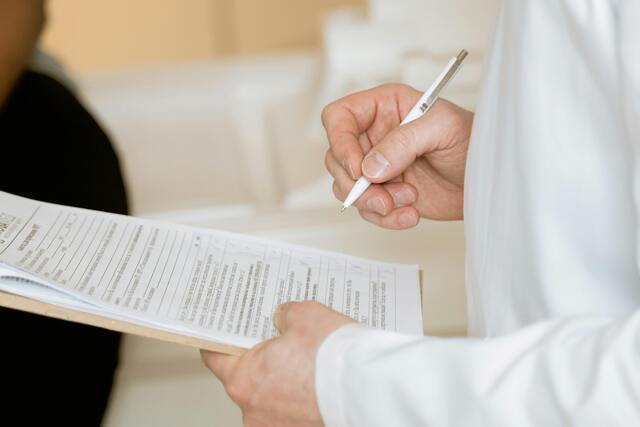
AIS is one of the commonest forms of scoliosis, and the presence of AIS, as well as the likelihood of progression is closely related to the growth of children during their teenage years. When detected early, the scoliosis is often mild, and treatment including physiotherapy and bracing are effective in preventing worsening of the scoliosis. The earlier it is detected, and the milder the curve, the more successful the treatment. When detected late, the scoliosis unfortunately may have already progressed to a severe stage, then physiotherapy and bracing are of minimal value, and surgery may then be the only way to effectively correct the deformity permanently and to prevent future worsening of the scoliosis.
4. What are the range of treatment options available for scoliosis patients? What factors determine whether a patient might be a candidate for non-invasive treatments like bracing versus surgical procedures?
Treatment options range from simple observation and monitoring, to bracing, physiotherapy, exercise programmes, and lastly surgery.
Observation and monitoring are crucial in determining whether the scoliosis has progressed in severity, and whether any particular treatment option is effective in correcting the scoliosis and maintaining the correction that is achieved. AIS could in theory be “corrected” simply by asking the teenager to stop slouching and stand up straighter, but the correction achieved by standing straighter and more upright cannot be maintained for hours, much less for a lifetime.
Physiotherapy and exercise programmes are useful in teaching exercises that help the back muscles to strengthen, as strong healthy muscles will improve the posture, and reduce the tendency to develop chronic back aches that are often associated with prolonged slouching. Bracing is indicated especially in children who are developing moderately severe scoliosis during the phase of puberty. Bracing works by providing support to the growing spine and allows for increased growth while preventing further increases in the severity of the scoliosis. Bracing, however, becomes ineffective once growth has stopped.
Surgery is mainly indicated when scoliosis deformity is clearly severe, and especially if the deformity affects the balance significantly. Severe scoliosis that develops in adolescence often continues to be a problem throughout life, and similar to adult scoliosis, may worsen throughout life as ageing progresses.
5. What can patients expect during and after treatment for scoliosis, particularly in terms of recovery and maintaining an active lifestyle?
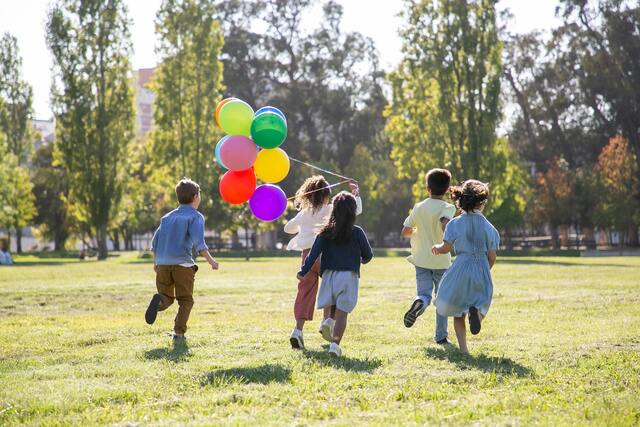
If the scoliosis is detected and treated early, and remains mild to moderate in severity at the completion of growth, there is generally little impact on the spine and activities including sports are generally unaffected. Children who do have severe scoliosis and require surgery also generally recover very well as compared to adults who undergo similar surgery for scoliosis. The majority of children who have surgery done will be able to maintain a very active lifestyle, with only the most vigorous contact sports such as soccer, gymnastics, etc being discouraged.
6. Are there any success stories or notable cases where treatment has significantly improved a patient’s quality of life?
There are numerous famous personalities including track superstar Usain Bolt who have overcome their scoliosis to achieve success including in sports. Personally, I have been in practice for many years and the teens whom I have treated in the past, have gone on to lead normal lives, and are now bringing their children to see me.
As the old adage goes, “a stitch in time saves nine.”
By staying informed and proactive, we can mitigate the impact of scoliosis and help our youth lead healthy, active lives despite the challenges posed by this condition. Understanding the nature of scoliosis, recognising its signs, and exploring the range of treatment options available can help parents and caregivers support their children effectively.
| By Dr Tan Seang Beng Orthopaedic Surgeon Mount Elizabeth Novena Hospital, Singapore |
 |
* * * * *
Looking to reach over 100,000 parents in Singapore? Let us amplify your message! Drop your contact details here, and we’ll reach out to you.
Discover exciting family-friendly events and places to explore! Join our Telegram channel for curated parenting recommendations.



